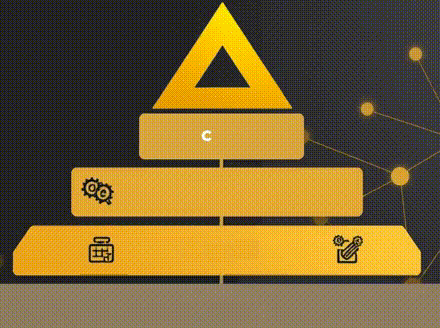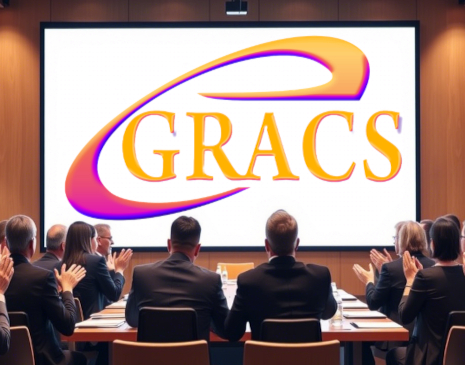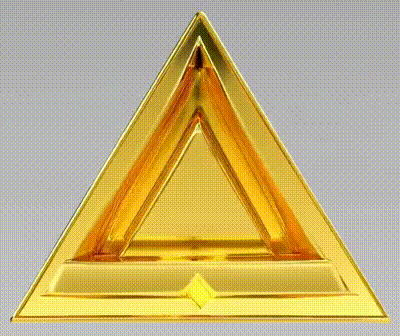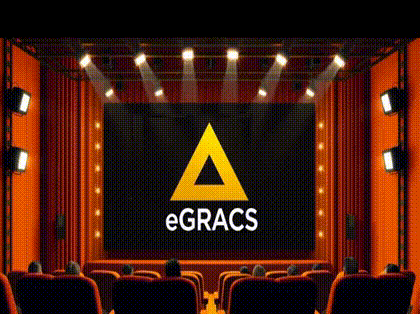Now that we’ve discussed the core structure of the eGRACS Framework and its theoretical design, it's time to turn our attention to implementation. This is where the magic happens. The eGRACS Framework is not just a set of abstract ideas, it’s a hands-on toolkit that can transform your ICT governance from a labyrinth of disconnected processes into a cohesive, efficient, and strategic operation.
Implementation Strategy:
A Layered Approach
 Implementing the eGRACS Framework is like assembling a high-performance machine. You need to start with the right components — the foundational controls — and then layer additional parts as your organization’s needs evolve. The four-tiered approach (Core, Strategic, Operational, and Tactical) allows for a customized implementation path, giving you the flexibility to choose the right entry point based on your organization’s maturity and specific needs.
Implementing the eGRACS Framework is like assembling a high-performance machine. You need to start with the right components — the foundational controls — and then layer additional parts as your organization’s needs evolve. The four-tiered approach (Core, Strategic, Operational, and Tactical) allows for a customized implementation path, giving you the flexibility to choose the right entry point based on your organization’s maturity and specific needs.
“The layered structure of the eGRACS Framework made implementation smoother than expected. It was like building a house with the right foundation — everything else just fell into place.”
Start at the Core Tier, where the highest-level strategic controls are implemented. This includes Manage Demand, Deliver Solution, and Manage Capability — the keystone elements of the framework. From here, you can break down your broader strategy into more actionable components as you move through the Strategic Tier. Once you have defined strategic objectives, the Operational Tier provides the framework for processes, followed by the Tactical Tier, where specific tools and techniques are used for hands-on implementation.
Tailoring the Framework to Your Needs
 The beauty of the eGRACS Framework lies in its flexibility. Not all organizations need the same set of controls, and not every organization is at the same level of maturity when it comes to governance. The framework’s tiered design allows you to implement it in a way that makes sense for you. Whether you take a top-down approach, starting with high-level strategic goals and cascading down, or a bottom-up approach that begins with tactical implementation and works its way up, the eGRACS Framework adapts to your needs.
The beauty of the eGRACS Framework lies in its flexibility. Not all organizations need the same set of controls, and not every organization is at the same level of maturity when it comes to governance. The framework’s tiered design allows you to implement it in a way that makes sense for you. Whether you take a top-down approach, starting with high-level strategic goals and cascading down, or a bottom-up approach that begins with tactical implementation and works its way up, the eGRACS Framework adapts to your needs.
This adaptability is a game-changer for organizations of all sizes. A multinational corporation with complex IT systems might need to begin with detailed operational controls, while a smaller enterprise may find it more effective to first focus on the Core Tier to establish foundational principles. No matter the path, the eGRACS Framework provides the blueprint for strategic alignment and compliance consistency across all levels of the organization.
Real-World Examples:
eGRACS Framework in Action
 Let’s look at how organizations have successfully implemented the eGRACS Framework. From global financial institutions to tech startups, the eGRACS Framework has been deployed to tackle some of the most pressing issues in governance and compliance. For example, a major financial services firm used the eGRACS Framework to align their complex IT operations with ISO 27001 and PCI-DSS regulations. By using the framework’s tiered structure, they were able to harmonize their compliance efforts, reduce operational risk, and ensure that all controls were properly aligned with business goals.
Let’s look at how organizations have successfully implemented the eGRACS Framework. From global financial institutions to tech startups, the eGRACS Framework has been deployed to tackle some of the most pressing issues in governance and compliance. For example, a major financial services firm used the eGRACS Framework to align their complex IT operations with ISO 27001 and PCI-DSS regulations. By using the framework’s tiered structure, they were able to harmonize their compliance efforts, reduce operational risk, and ensure that all controls were properly aligned with business goals.
Key Considerations for Success
To make the most of the eGRACS Framework, you need to focus on a few key considerations:
- Leadership Buy-In: Senior management needs to be on board with the implementation. The eGRACS Framework requires both tactical and strategic changes, and the most successful implementations have strong leadership driving the vision.
- Customization: As mentioned earlier, the eGRACS Framework is designed to be flexible. But this flexibility means you need to customize it for your specific needs. Don’t just apply the framework “out-of-the-box”; instead, ensure it aligns with your organizational culture and goals.
- Continuous Monitoring: Once implemented, the work doesn’t stop. The eGRACS Framework is built for continuous adaptation. As technology evolves, so should your ICT governance practices. Regular reviews and updates are key to maintaining compliance and efficiency.
By following these guidelines, you’ll not only implement the eGRACS Framework, but you’ll also create a sustainable and adaptive governance model that stands the test of time.
🔙 The eGRACS Golden Triangle in Action 🔜 Audit Panic to Governance Flow


